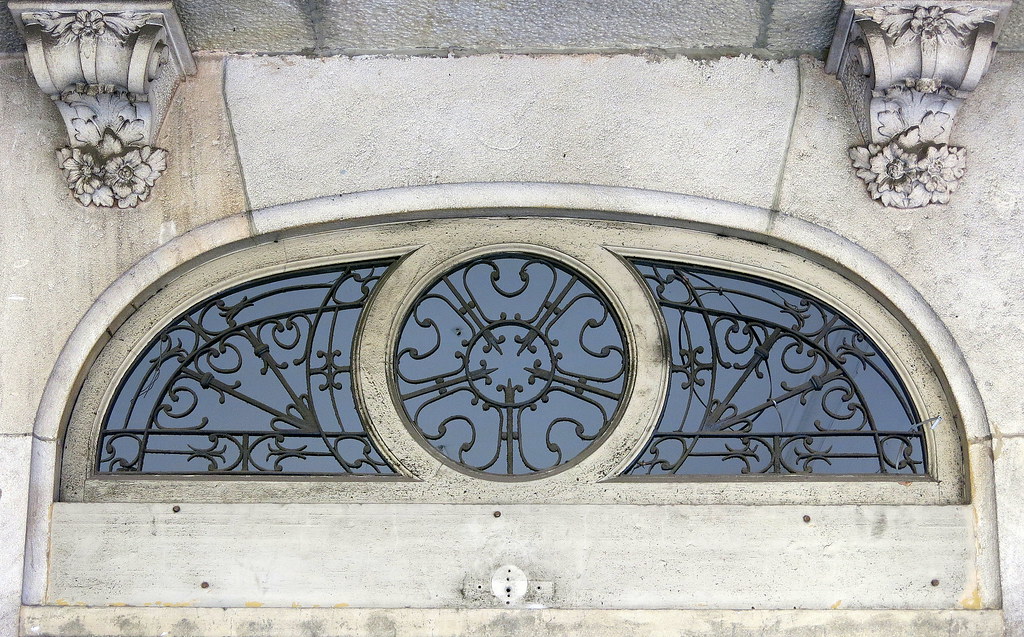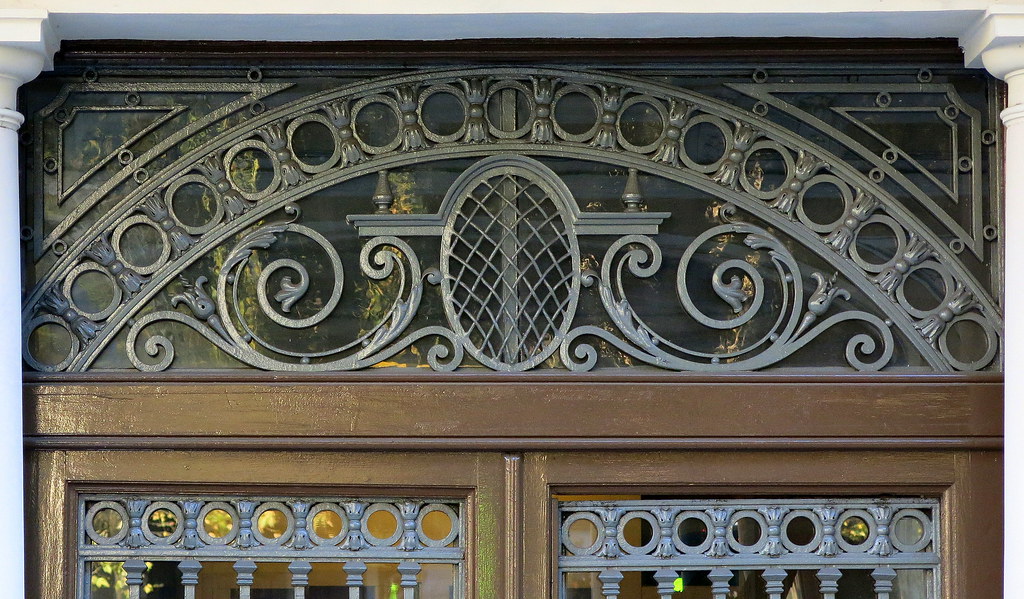Transom windows, an architectural feature that has both aesthetic and practical benefits, have been illuminating homes and buildings for centuries. Did you know that these windows, placed above doorways, were originally designed to allow air and light into a room even when the door was closed? This unique characteristic not only enhances the ambiance of a space but also contributes to its ventilation, showcasing the blend of form and function in architecture.


Transom windows, those small windows that sit above doorways or larger windows, have seen a resurgence in modern architecture. This renewed interest stems from their unique blend of form and function, offering both aesthetic appeal and practical benefits. Historically, transom windows were used to improve ventilation and natural light in a room without compromising privacy. Today, they are celebrated for their ability to add character and a sense of openness to a space. Architects and designers are integrating transom windows into modern buildings to create a bridge between traditional elegance and contemporary design. Their versatility and timeless appeal make them a popular choice in a variety of settings, from residential homes to commercial buildings and public spaces.
Incorporating transom windows into modern designs requires a blend of creativity and strategic planning. One innovative approach is the use of stained glass or frosted glass in transom windows, which adds color and texture to the light that filters through, creating dynamic patterns within the interior spaces. Another idea is integrating smart glass technology, allowing the transom windows to change from transparent to opaque with the click of a button, offering privacy on demand without sacrificing natural light. Designers are also experimenting with unconventional shapes and sizes for transom windows, moving beyond the traditional rectangular form to include circular, triangular, or even abstract shapes that become focal points in their own right. By pushing the boundaries of traditional design, these innovative ideas not only enhance the functionality of transom windows but also contribute to the aesthetic and architectural value of the spaces they inhabit.
For a comprehensive understanding of the benefits and evolving trends of transom windows, including their energy efficiency and integration with smart home technology, visit the U.S. Department of Energy.

While transom windows are often praised for their ability to enhance the aesthetic appeal of a space, their functional benefits extend far beyond mere decoration. These architectural features play a critical role in improving the overall livability and comfort of a building. One of the primary functional benefits of transom windows is their ability to enhance natural ventilation. Strategically placed above doors or other windows, they allow for better air circulation by letting warm air escape and cool air to enter a room, reducing the reliance on artificial cooling systems and thereby promoting energy efficiency.
Moreover, transom windows improve natural lighting, illuminating spaces without compromising privacy. This is particularly beneficial in bathrooms, bedrooms, and other areas where privacy is paramount, but natural light is desired. By allowing sunlight to penetrate deeper into the building, these windows can make spaces appear larger and more inviting while also reducing the need for artificial lighting during the day.
Additionally, transom windows can contribute to noise reduction, especially when designed with double or triple-pane glass. By acting as an additional barrier to external sounds, they can create quieter, more peaceful interior spaces. This feature is especially valuable in urban areas or noisy neighborhoods, where external sounds can be a constant disturbance.
In summary, the functional benefits of transom windows extend well beyond their aesthetic appeal, contributing significantly to the energy efficiency, natural lighting, privacy, and noise reduction of a space. As such, they offer a comprehensive solution that addresses several architectural and environmental challenges, making them a valuable addition to modern building design.

The future of transom windows is set to be as dynamic and innovative as their resurgence in contemporary architecture. With advancements in technology and a growing emphasis on sustainable design, transom windows are evolving beyond their traditional styles and functionalities. Architects and designers are experimenting with smart glass technologies, allowing transom windows to adjust their opacity based on the time of day, thereby enhancing energy efficiency and privacy with a touch of modernity. Furthermore, the integration of solar panels into transom window designs is on the rise, turning these architectural elements into sources of renewable energy for buildings. As the demand for personalized and adaptive living spaces increases, we can also expect to see transom windows with customizable shapes, colors, and patterns, offering unique aesthetic and functional benefits to meet the specific needs of homeowners. The future of transom windows is not just about letting light in; it's about redefining the boundaries of design, technology, and sustainability in architecture.